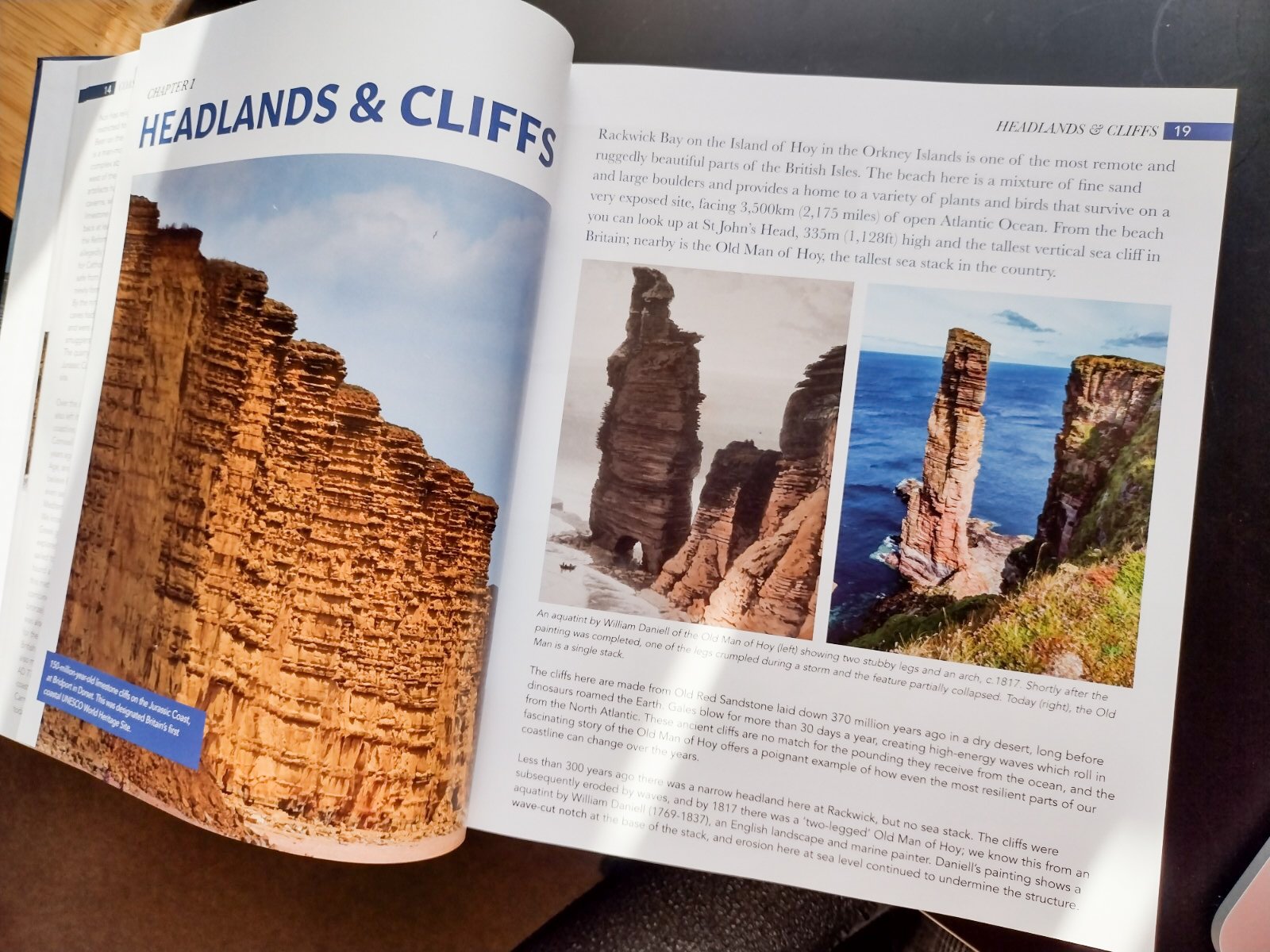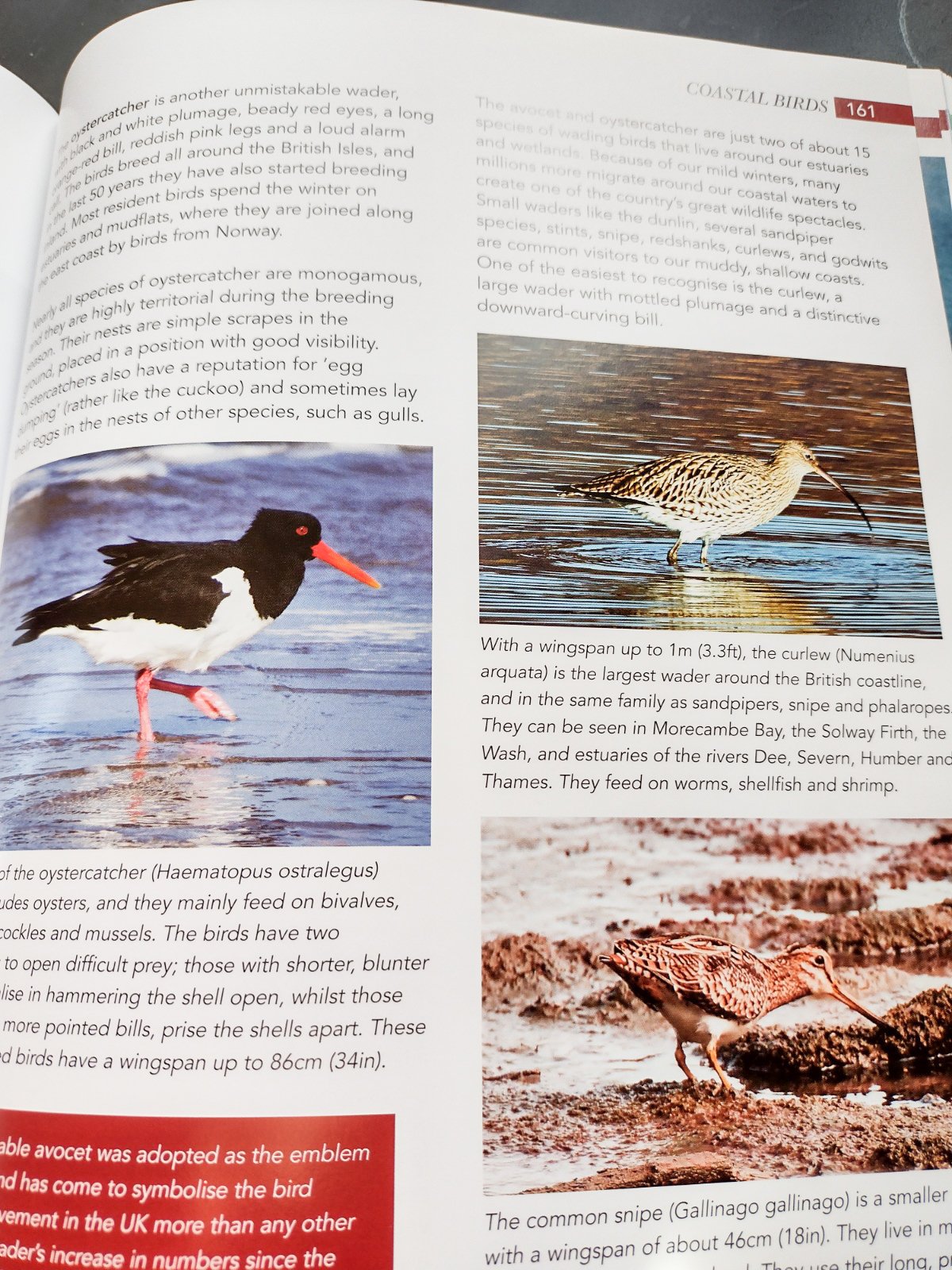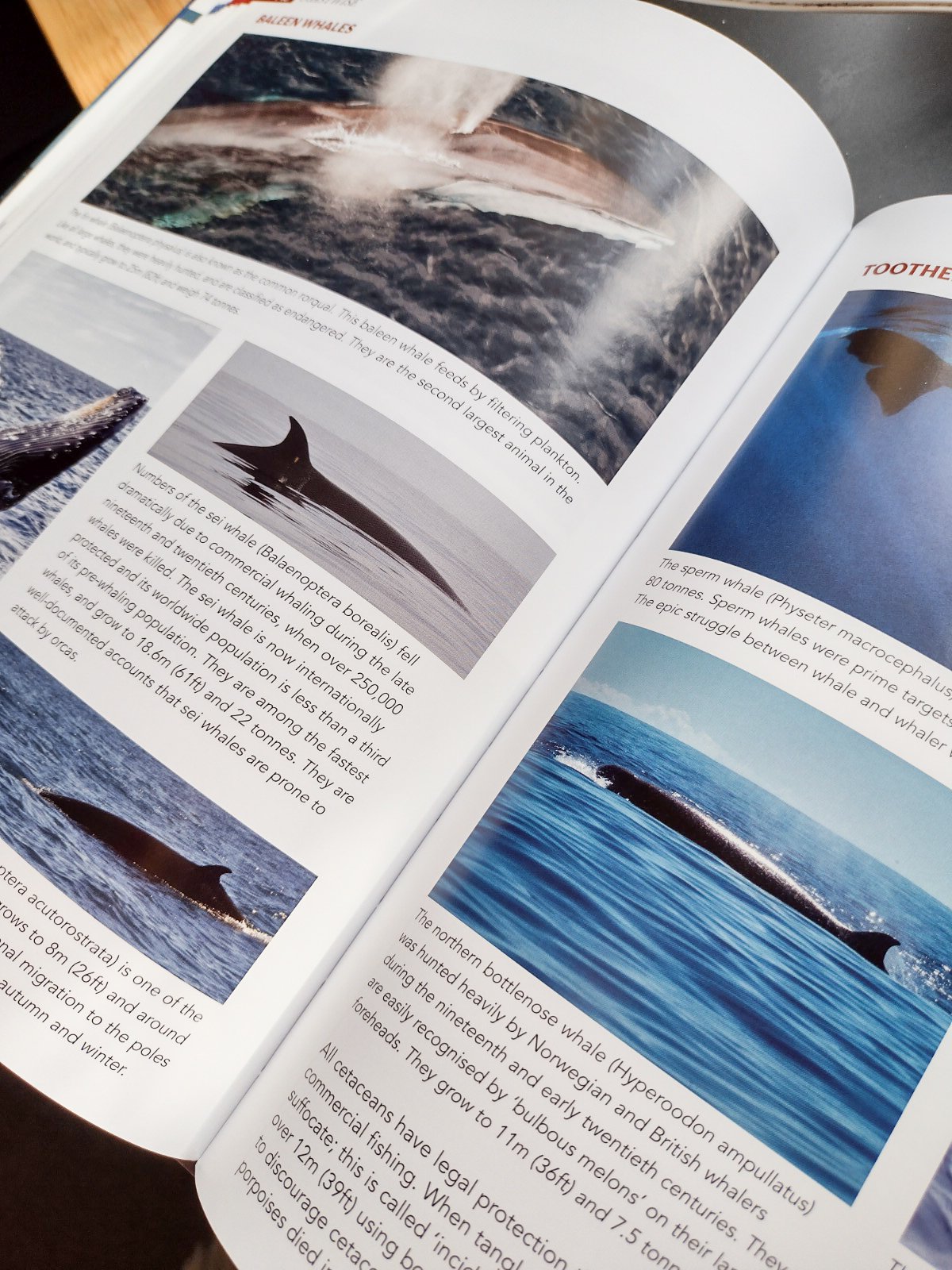Book Review: Coastwise by Peter Firstbrook
Fernhurst Ltd sent me this copy of Coastwise for free and they're also the publishers of my first book, In Bed with the Atlantic. So there's my conflict of interest statement. There's also a REALLY adorable photograph of a mink in the book, so I was always going to love it.
When you step foot onto any sailing yacht in the UK large enough to spend a few nights on, you'll be able to find a little book shelf with pilot books and some trashy fiction. I know this because a) I lived on a boat for a long time and b) I've seen many marina bookswap shelves. And now, I have another title to add to that shelf, and indeed the shelves of anyone who considers Britain's shoreline as one of the greatest things Mother Nature ever took it upon herself to sculpt: Coastwise by Peter Firstbrook.
Out in hardback, this marvellous book is broken down into four parts: The Physical Coast, The Living Coast, The Human Coast and Discovering the British Coast. From headlands and barrier islands to tides, molluscs, birds and defences, it's truly a comprehensive tome.

A coastal nation
We're an island nation here in Britain. A nation of weekend sailors, coastal fishers, fossil hunters and tidal scavengers. We're drawn to the coast without question, be it sand, shingle or seacliff, and it defines the country's history perhaps more than anything else. It's also, as you'll discover in this book, an unimaginably fascinating place.
Chapter One starts with cliffs and headlands, a good choice given the reality that these features reveal. The island is eroding and the cliffs are ever-changing indications of that. Firstbrook offers examples of how sea stacks are formed, reveals the geological make-up of the coastal zone and describes just why some cliffs erode the way they do.
If you've ever wondered why some beaches have gentle, ankle-friendly gradients, others lure you in gradually before allowing you to take one more step and be up to your neck, and many more have photogenic ripples embedded into their sand, you'll find out in Chapter Two. You'll discover how barrier islands form, get a refresher in longshore drift and, vitally, finally get a proper lesson on what the hell a 'rip current' is – a firm favourite term with tabloids in the summertime. Above all, you get a healthy respect for the sea.
In Chapter Two, you'll also discover what quicksand is, what to do about it and how to spot it. I now feel much better about the situation, given that quicksand is one of my greatest fears thanks in no small part to watching this scene of Baywatch in 1998 when I was too young.
Chapters Three and Four deal with estuaries, wetlands, waves, surges and tides, amongst others, and contains some of the most immediately relevant information for anyone who lives alongside or visits the coast. Chapter Four is certainly one of the most important and useful for anyone who sails.
If you're fascinated by everything from molluscs, crustaceans and jellyfish to whales, sharks and fish, Part Two deals with the creatures that live on and around the shore. There's a chart showing when you might spy dolphins, whales and your friendly neighbourhood bashing shark as well as wise guidance on what to do when you come across an adorable infant seal. Spoiler alert: don't hug it.
Perhaps birds are the most obvious creature we see in coastal areas, from herring gulls and shags to shearwaters and oystercatchers, there's always some feathered beast strutting on the mudflats or gliding overhead. I love this part of the book, because I bloody love sea and coastal birds.


Part Three focuses on the Human Coast, where we interact with this natural perimeter, building castles and ports, trading hubs and beach huts. Firstbrook shows our historical coastal obsession and reveals how we've been shaping the shore for centuries, and what remnants of past places we might still see today. Part Four is a big long tick list of fantastic places you can visit all around the country, depending on what you want to see, all broken down into regions, making coastal intricacies even easier to find and explore for yourself.
Who's the book for?
Frankly, anybody who has a passing interest in Britain's coastline. Sailors and coastal dwellers and explorers will love it but everybody will find answers questions they've had about the shoreline.
Don't think this book is just for adults either, it's an ideal text for teenagers studying geography at school, or those who are into coastal activities like surfing, sailing or drinking smuggled beer around a bonfire on the beach. It's jam-packed full of photographs and diagrams, and finds a perfect balance between sometimes complex concepts and easy reading. It's accessible, very readable and endlessly fascinating. It's basically an encyclopedia of the coast.
Where do I get it?
Coastwise is published by Fernhurst Ltd (who are also my publisher, hurrah!) and widely sold including direct from the publisher. Buy it wherever you buy books. If somewhere doesn't sell it, raise an eyebrow and ask, 'but haven't you seen Baywatch?!'
You can also buy it from Bookshop.org using my affiliate link, which gives me a small commission as well as helping to fund independent bookshops around the country.